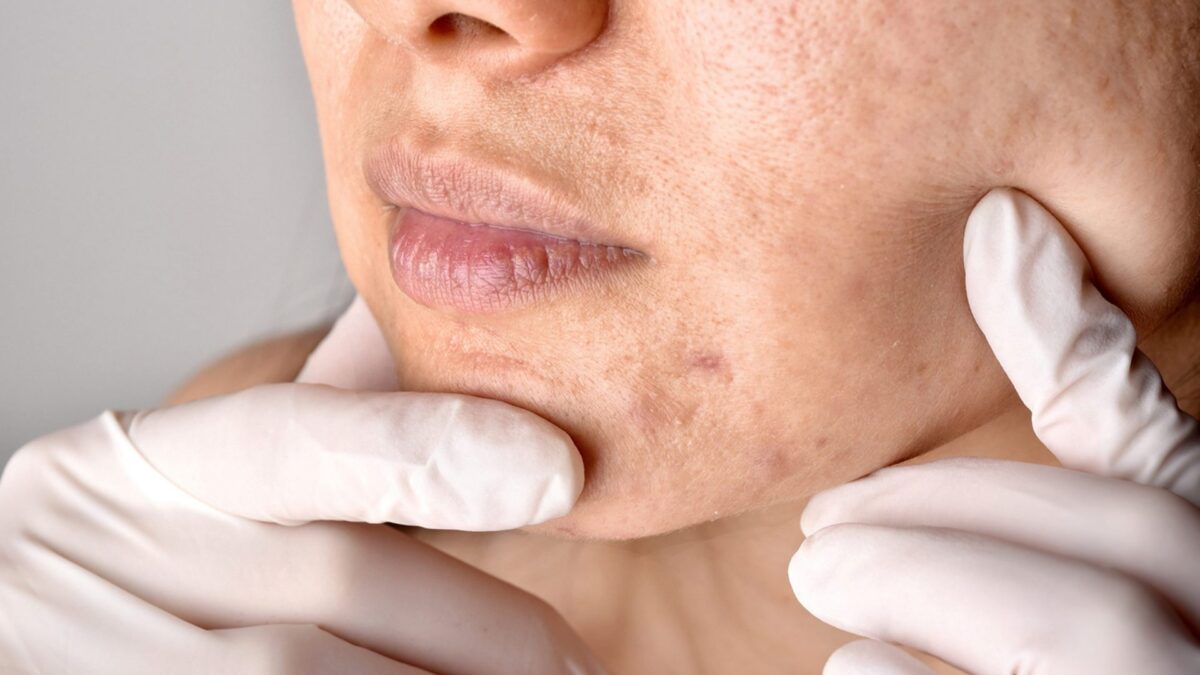Acne, while primarily a concern during adolescent years, can often leave behind scars that persist into adulthood, serving as lasting reminders of past skin troubles. These scars not only affect an individual’s appearance but can also impact self-esteem. To fully understand the potential of treatments like the Pico laser treatment for acne scars in Singapore, it’s essential first to understand what acne scars are, their formation, and their types.
What are Acne Scars and How Do They Form?
Acne scars result from the body’s natural healing process following a breakout. When the skin breaks out, there’s inflammation as the body sends white blood cells to the affected area. Depending on the severity and the body’s response, this process can result in tissue loss or excess tissue formation.
If there’s a significant loss of collagen during healing, the skin may dip, resulting in a depressed scar. Conversely, when the skin heals with too much collagen, it forms a raised scar. The type of scar depends on the amount of collagen your body produces during the healing process.
Ice Pick Scars
These scars are deep and very narrow, giving the appearance of having been made by a sharp instrument. They develop when an inflamed cyst fills with dead skin cells and oil, creating a void deep within the skin when it finally clears.
Boxcar Scars
Boxcar scars have defined, angular edges, and can be shallow or deep. They resemble the scars left behind by chickenpox. They develop when inflammatory breakouts destroy collagen, leading to a loss of tissue.
Rolling Scars
Rolling scars create an undulating appearance on the skin due to their wide and shallow depth. They are caused by damage under the skin, which pulls the skin’s surface, giving it a rolling look.
Keloid or Hypertrophic Scars
These are raised scars that stand above the surface of the surrounding skin. They form due to an overproduction of collagen during the healing process. Keloid scars expand beyond the initial wound area, while hypertrophic scars remain confined to it.
Non-Surgical Acne Scar Treatments: Spotlight on Pico Laser
Many non-surgical treatments are available for acne scars, ranging from chemical peels to microdermabrasion. Among these treatments, Pico laser treatment for acne scars in Singapore has been garnering attention due to its innovative approach and promising results.
What is Pico Laser?
Pico laser refers to a type of laser that emits light in ultra-short, picosecond pulses. These pulses fragment the pigment or scar tissue into tiny particles, which the body then naturally eliminates.
How Does Pico Laser Work for Acne Scars?
When used for acne scars, the Pico laser’s rapid pulses penetrate the skin, breaking up scar tissue and promoting the production of new collagen and elastin, essential components for smooth and healthy skin. The process aims to even out the skin’s texture, making scars less noticeable.
Benefits of Pico Laser Treatment
Minimal Downtime: Unlike some other treatments, Pico laser allows patients to resume their daily activities almost immediately after the procedure.
Safety: The ultra-short pulses ensure that surrounding tissues remain unharmed, making the treatment quite safe.
Effectiveness: Pico laser has shown significant improvement in skin texture and reduction in the appearance of scars. Its ability to stimulate collagen and elastin production is a game-changer in acne scar treatment.
Suitability: Pico laser treatment is versatile and can be used for various skin types, ensuring a broader range of individuals benefit from the treatment.
In the realm of aesthetic treatments, the Pico laser treatment for acne scars in Singapore stands out as a leading option. With its balance of safety and effectiveness, individuals seeking to address their acne scars have a promising solution in Pico laser.

